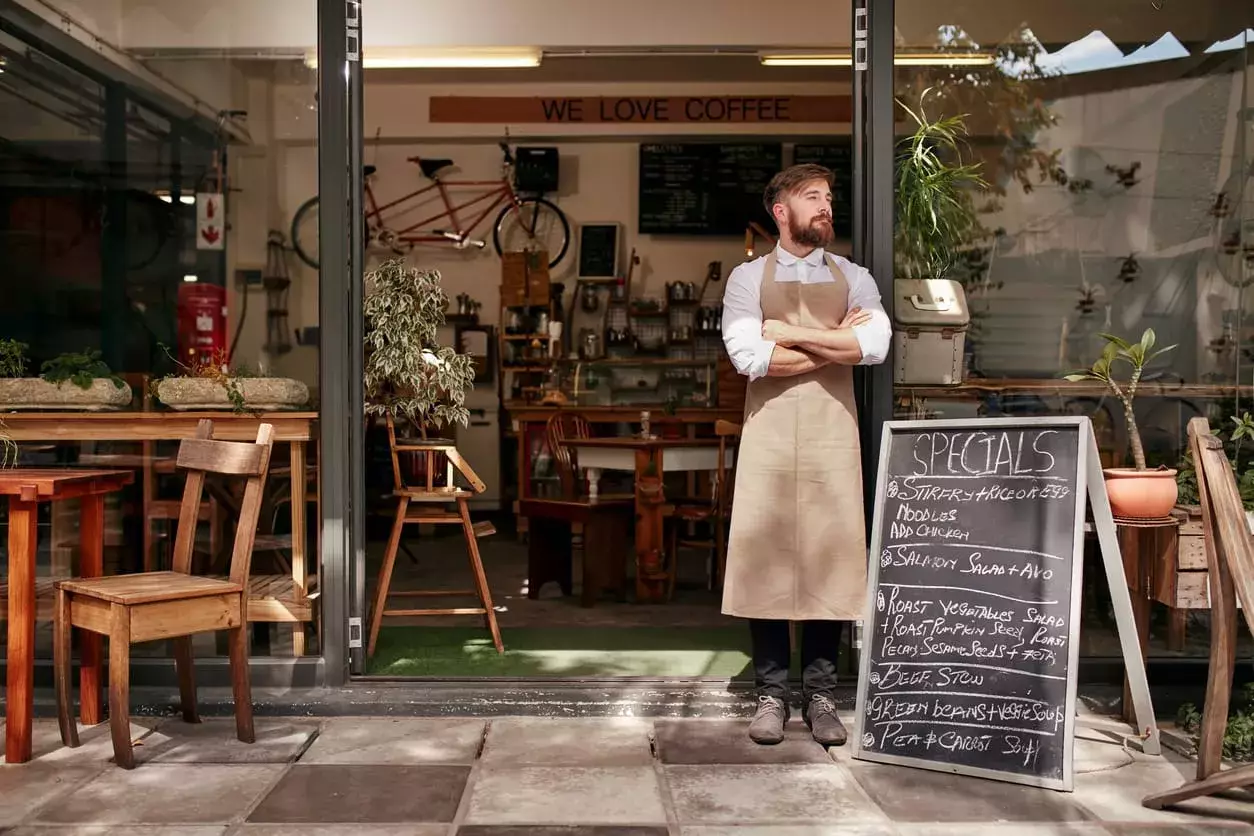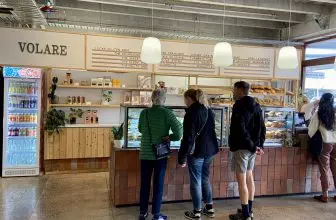
New Zealand’s café scene is facing some serious challenges, and it’s reshaping the way we experience our local eateries. Over the past year, we’ve seen a noticeable decline in the number of cafés and restaurants across the country, marking the first time in over 20 years that the industry is shrinking. But what’s behind this trend, and what does it mean for the future of our beloved dining spots?
One of the biggest factors contributing to this downturn is the rising cost of running a business in today’s economy. Higher minimum wage requirements, which have been implemented to ensure fair pay, are putting pressure on small business owners. While these wage increases are necessary for ensuring that workers can afford to live, they also mean that cafés are spending more on payroll than ever before. For many owners, this extra cost is difficult to absorb, especially when combined with other financial pressures like rent and utilities, which have also been on the rise.
Another key issue is the ongoing shortage of staff. The hospitality industry has long struggled with finding and retaining skilled workers, but the problem has intensified in recent years. The COVID-19 pandemic led to many workers leaving the industry, and the recovery has been slow. Many cafés are finding it nearly impossible to fill positions, leading to longer hours and more stress for the employees who do stay. This shortage of staff not only impacts the day-to-day operations of cafés but also affects the quality of service, which can drive customers away.
The economic environment has also played a significant role in this decline. With rising interest rates and inflation, many New Zealanders are cutting back on discretionary spending, including dining out. This means fewer customers walking through the doors, leading to lower revenues for cafés. For businesses already operating on thin margins, this reduction in income can be the final straw that forces them to close.
The saturation of the market has also made it more difficult for new cafés to succeed. In the past, the café culture in New Zealand has thrived, with new spots popping up regularly. But now, with so many established cafés struggling to stay open, the competition has become fiercer than ever. Newcomers are finding it harder to break into the market, and even those that do manage to open their doors face an uphill battle to attract and retain customers.
So, what does this mean for the future of New Zealand’s café scene? While it’s clear that the industry is facing significant challenges, it’s not all doom and gloom. Many cafés are adapting to these new realities by finding innovative ways to cut costs, improve service, and attract customers. Whether it’s by offering more takeout options, hosting events, or creating a unique atmosphere, some cafés are managing to thrive despite the tough conditions.
However, the road ahead is uncertain. If the current trends continue, we may see even more cafés closing their doors in the coming years. For those of us who love our local coffee spots, this is a sobering thought. Supporting our favorite cafés by continuing to visit, even as economic pressures mount, can make a big difference in helping them survive.
New Zealand’s café scene is at a crossroads. Rising costs, staffing shortages, and a tougher economic environment are reshaping the industry in ways we haven’t seen before. While some cafés are managing to adapt, others are struggling to keep up. The next few years will be crucial in determining the future of our beloved café culture.







